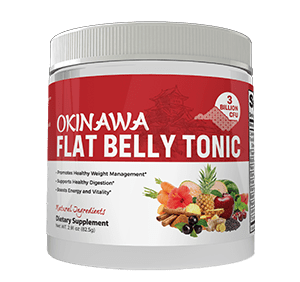Dr. David Nganele 14/08/2021

Will Your Plan Lead To Permanent Weight Loss? How To Tell
By Dr. David Nganele 19 Comments
This article summarizes what a plan must have to be able to result in long-term weight loss. If a plan fails in any one of these, any weight loss will be short-term and the individual will experience "yo-yo dieting".
Several years ago, a colleague who had tried several weight loss plans, asked me to help her figure out why she wasn't able to achieve permanent weight loss. After extensive research on how the body regulates weight and studying individuals who had succeeded in attaining long-term weigh loss, I concluded that there are four characteristics that a plan must have to result in long-term weight loss. If a plan fails in any one, it might create short-term weight loss but the pounds will come back and you will find yourself trying something else. At first glance, these factors might look straightforward and simple but I will present the science behind them and why they must be taken into account for you to succeed. The four characteristics are:
1. The plan must avoid cravings 2. The plan must avoid hunger 3. The plan must call for increasing your activity level 4. It must be a plan you can live with for a long time
What are cravings? A craving is when your body pushes you to want a particular food ingredient. This can occur even when you are not hungry. When you finally give in and get the food, you almost always binge, that is, eat more than you would have if you did not have cravings for it.
What causes cravings? Your body needs 6 essential food ingredients to function properly. They are carbohydrates, fats, proteins, minerals, vitamins and water. If you deprive your body of any of this, it will create the sensation that will drive you to get it. The most easily identified example is when you deprive your body of water. You develop thirst. Thirst is the body craving for water.
Weight loss plans that tell you to cut out particular foods will always lead to cravings. It is this battle in your body to give it what it needs that creates conditions of discomfort and lead to most individuals ending the programs. There is an area of the brain that controls what and how much you eat and is responsible for creating cravings as a way for you to provide the body what it needs.
So, how do you avoid cravings? By eating all the required food ingredients. The key is that in all the food groups, there are 'good' types and 'not so good' types. You need to know the good types and eat only those. For example, with carbohydrates, the good types are the ones with low glycemic index (GI). GI is a measure of how fast a food increases the production of insulin. Insulin causes fat buildup. Simple sugars, potatoes and white bread are examples of high GI foods, while whole grains and vegetables have low GIs and therefore good for weight loss.
By understanding the concept of eating all the essential foods and dividing them into 'good' and 'not so good' foods, you will avoid cravings and overeating.
Next time we will discuss hunger and how successful plans avoid hunger.
About the Author
Dr. David Nganele empowers individuals with the knowledge to take help them take control of their health. His latest book is "How to choose a weight loss plan that will work for you". Learn more at
http://aboutdietplans.com.
Latest Posts
Recent Posts


Don't waste your time to search around, we have what you want. The greatest software
best solutions to fit your business needs. Your business is our business your satisfaction is our goal.
Copyright © 2021 All rights reserved.
Disclaimer | Developed by vinasoftplus





